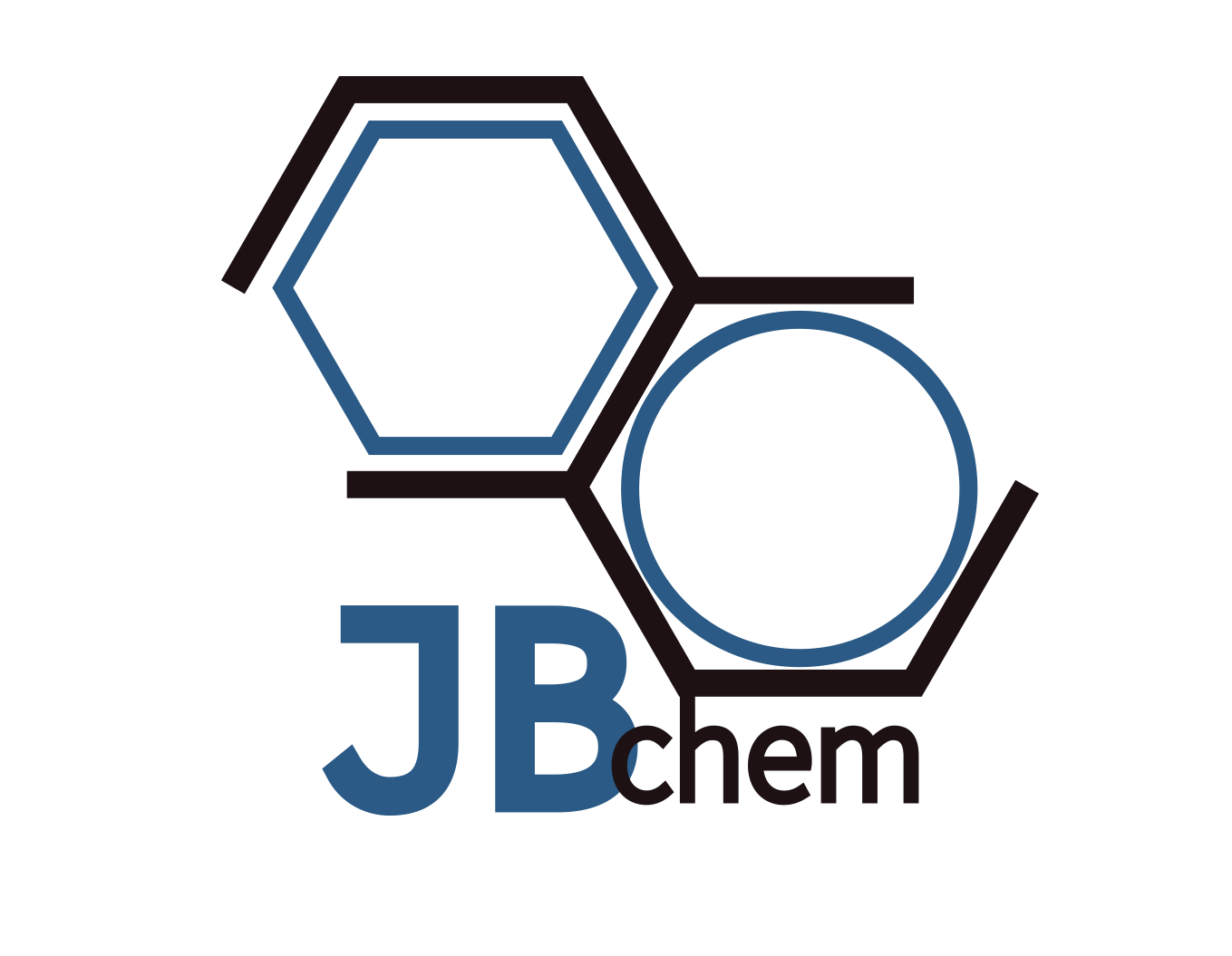Erbium Chloride ErCl3.xH2O
Product Properties
Product name:Erbium Chloride
Formula: ErCl3.xH2O
CAS No.: 10138-41-7
Molecular Weight: 273.62(anhy)
Density: N/A
Melting point: N/A
Appearance: Pink crystalline
Specification of Erbium Chloride
| Product Name | Erbium Chloride | |||
| Er2O3 /TREO (% min.) | 99.999 | 99.99 | 99.9 | 99 |
| TREO (% min.) | 45 | 45 | 45 | 45 |
| Rare Earth Impurities | ppm max. | ppm max. | % max. | % max. |
| Tb4O7/TREO Dy2O3/TREO Ho2O3/TREO Tm2O3/TREO Yb2O3/TREO Lu2O3/TREO Y2O3/TREO | 2 5 5 2 1 1 1 | 20 10 30 50 10 10 20 | 0.01 0.01 0.035 0.031 0.03 0.05 0.13 | 0.05 0.1 0.3 0.32 0.5 0.1 0.8 |
| Non-Rare Earth Impurities | ppm max. | ppm max. | % max. | % max. |
| Fe2O3 SiO2 CaO Cl- CoO NiO CuO | 5 10 30 50 2 2 2 | 5 30 50 200 5 5 5 | 0.001 0.005 0.005 0.03 | 0.005 0.02 0.022 0.0 |
Application of Erbium Chloride
- Erbium chloride is used in the production of erbium-doped fiber amplifiers (EDFAs), which are essential components in fiber-optic communication systems. These amplifiers boost the signal strength of light transmitted over long distances through optical fibers, allowing for clearer and more reliable communication signals without the need for electrical conversion. The erbium ions in EDFAs absorb light at one wavelength and emit it at another, providing the amplification needed for effective signal transmission.
- ErCl3 serves as a precursor for creating erbium-doped laser materials, such as crystals and glasses used in solid-state lasers. These erbium-doped lasers are utilized in various applications, including medical surgeries, particularly in dermatology for skin resurfacing and in ophthalmology for cataract surgery, due to their specific wavelengths that are well-absorbed by biological tissues.
- Erbium chloride can be used to impart a pink color to glasses and ceramics. This coloring effect is due to the specific light absorption and emission characteristics of erbium ions, which can add aesthetic value to decorative items and artistic works.
- In research laboratories, erbium chloride is a valuable reagent for synthesizing various erbium-based compounds, including organo-erbium complexes and erbium-doped materials. These synthesized compounds have applications in materials science research, photonics, and the development of new technologies that leverage the unique properties of erbium.

